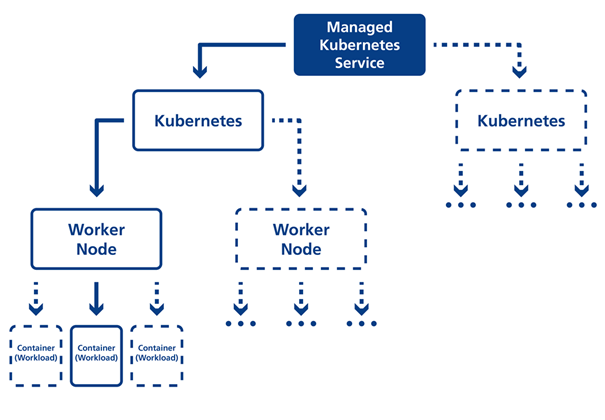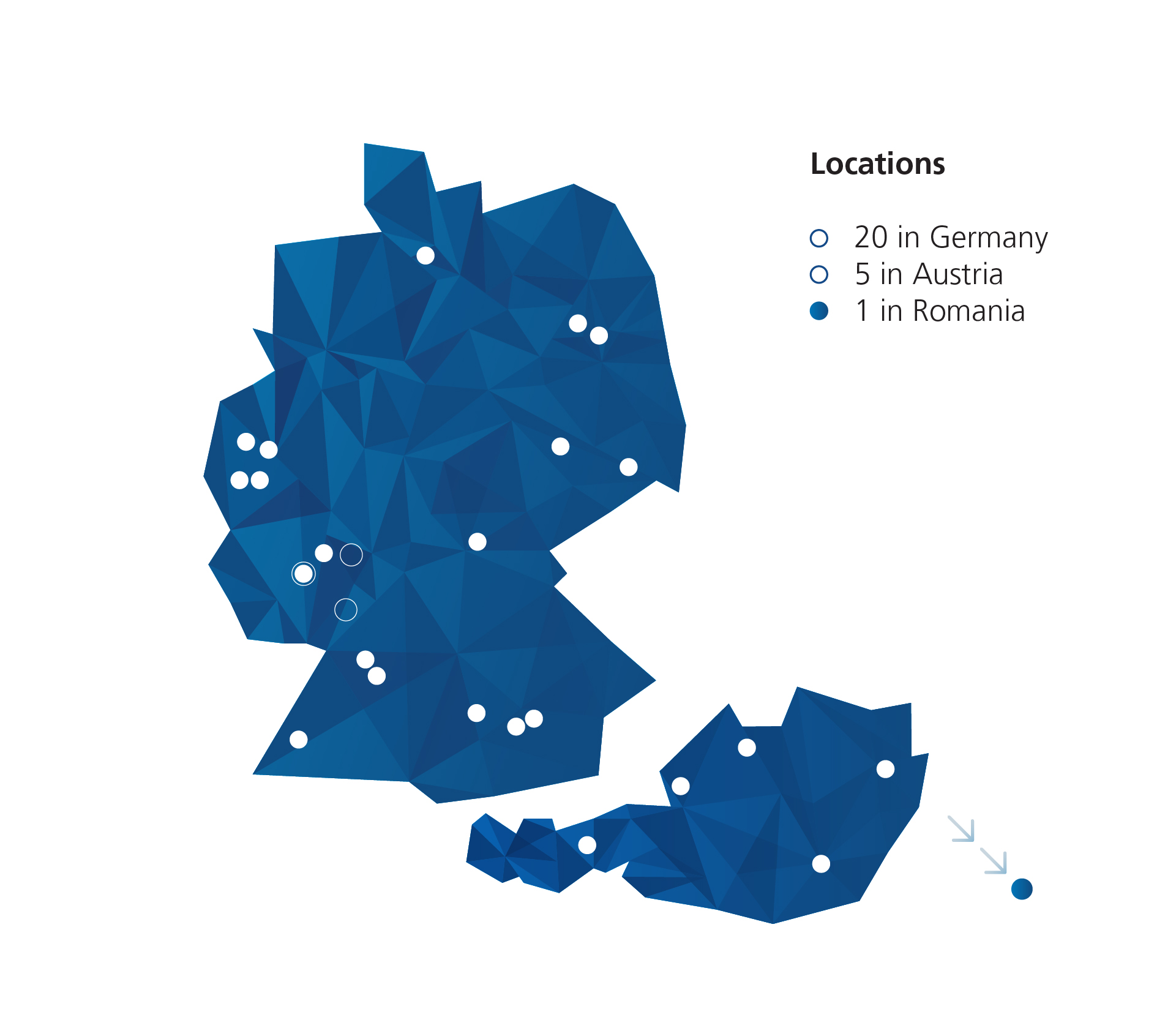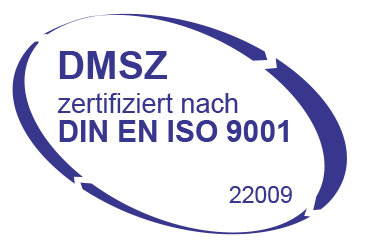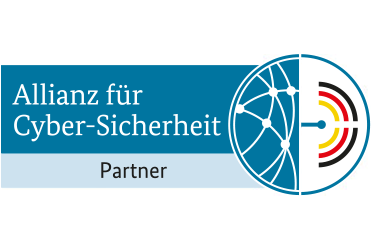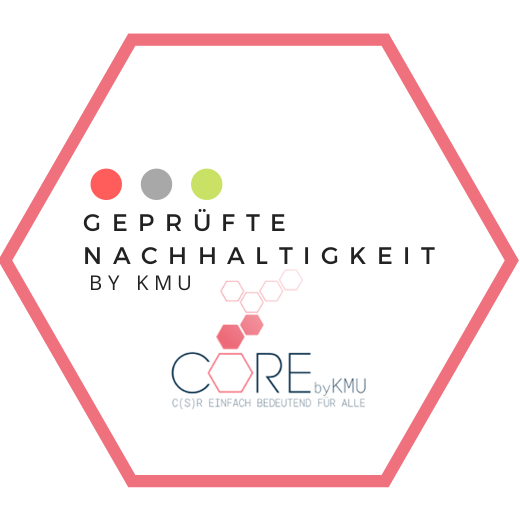Managed Kubernetes
The forward-looking container orchestration
Table of contents
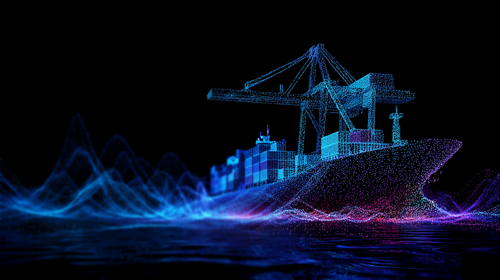
With Managed Kubernetes, you can run containerized software in a standardized and reliable manner—regardless of location. Fully automated Kubernetes clusters give you maximum scalability and flexibility.
Modern software development is characterized by change and complexity: containerized applications, distributed systems, and microservice architectures have fundamentally changed software deployment. While traditional infrastructures are reaching their limits, Kubernetes creates flexible, automated processes, self-healing systems, and dynamic resource allocation.
What companies struggle with when it comes to container orchestration
Scalability
Companies struggle with rigid infrastructures that cannot respond flexibly to peak loads. Manual scaling of containers leads to inefficiency and high operating costs. In a containerized environment, the ability to scale dynamically becomes a decisive competitive advantage.
High availability & fault tolerance
Traditional systems do not have automatic mechanisms to replace failed containers. This leads to downtime and manual recovery processes. In distributed container environments, high availability is not an option, but a mandatory requirement for stable applications.

Complex deployment
Software updates often involve complex and risky processes with potential downtime. Companies need strategies for seamless, controlled updates. With microservice architectures, error-free deployment becomes a key factor for system stability.
Network complexity
Communication between different services and containers is technically challenging. Traditional approaches require manual network configurations. With increasing containerization, intelligent network management is becoming a basic requirement.

Ressource management
Without intelligent distribution, companies waste computing capacity and pay for unused resources. The optimal placement of workloads is a massive challenge. Efficient resource scheduling is becoming the key to cost-conscious cloud infrastructures.
Do these challenges sound familiar? Together, we can solve them and make your company fit for the future.


How Kubernetes can optimize businesses
Kubernetes (abbreviated K8s) is an open-source orchestration platform that enables software developers and IT administrators to automatically manage containerized applications. This includes tasks such as deployment, scaling, monitoring, and operation.
Kubernetes coordinates all the necessary computer, network, and storage infrastructure—whether in a local data center or in the cloud with providers such as AWS, Azure, or Google Cloud. This allows companies to use their IT resources more efficiently and flexibly.
Why Kubernetes alone is not enough
Although Kubernetes simplifies the operation of large-scale container landscapes, its efficient use requires comprehensive expertise. Implementation, ongoing maintenance, updates, and monitoring can be time-consuming and complex.
A management platform such as Medialine's simplifies these processes through automated workflows. This allows you to combine the advantages of Infrastructure as a Service (IaaS) with user-friendly self-service portals. A competent management team is necessary for reliable and productive operation.
Your advantage with Medialine
You can conveniently manage your Managed Kubernetes Service via a self-service portal and easily integrate your own systems and SaaS applications. We support you in connecting legacy systems and containerized workloads and offer maximum flexibility thanks to modern multi-tenancy solutions – regardless of whether your resources are located with us, at your premises, or in the public cloud.
You get a dedicated Kubernetes cluster and can view and configure all resources centrally – from CPU to storage. This allows you to tailor your Kubernetes cluster precisely to your requirements.
Want to learn more about Kubernetes?
In an era where agility and scalability of applications are becoming crucial, containerization and Kubernetes have become game changers. Thanks to them, the management and operation of applications has been revolutionized in recent years.
In our video, we show you the possibilities of Kubernetes & container orchestration and the advantages they offer.
Q&A
Contact form
Are you interested in our Managed Kubernetes services? Feel free to contact us using the contact form.


